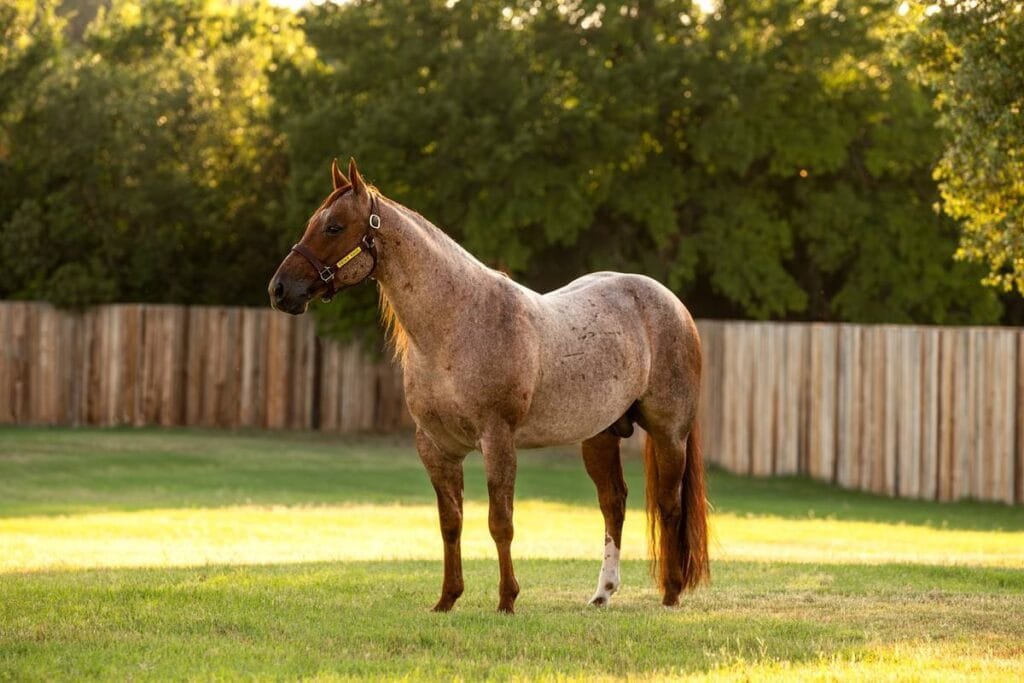In Argentina, these horses are not just small in stature but also carry a rich legacy that stretches back over a century
testament to the power of selective breeding and human ingenuity in creating a unique and beloved breed. From its humble beginnings in Argentina to becoming a cherished companion and performer worldwide, the Falabella horse continues to capture the imagination of horse enthusiasts everywhere.
Origin and History
The story of the Falabella horse begins with Patrick Newtall, an Irishman who settled in Argentina in the mid-19th century. In 1868, Newtall established a farm near Buenos Aires where he began breeding small horses. Over time, his son-in-law, Juan Falabella, continued this breeding program, aiming to create a horse that was not only small but also possessed strength, resilience, and a gentle temperament.By selectively breeding small horses, Falabella achieved his goal, and by the early 20th century, the Falabella horse as a distinct breed started to emerge. The breeding continued with careful selection to maintain the tiny size and desirable traits, such as intelligence and a cooperative nature.
feature details
| Feature | Details |
|---|---|
| Origin | Argentina, initially bred by Patrick Newtall and continued by Juan Falabella |
| Size | 28 to 34 inches tall at the withers (shoulders) |
| Coat Colors | Black, chestnut, brown, pinto patterns |
| Characteristics | Well-proportioned body, refined head, expressive eyes, long mane and tail |
| Temperament | Gentle, intelligent, cooperative |
| Uses | Therapy animals, driving, show horses, companionship |
| Popularity | Internationally recognized and exported |
| Conservation Efforts | Strict breeding programs to maintain genetic diversity |
| Unique Traits | Agility, strength, endurance despite small size |

1. What is a Falabella horse?
- Falabella horses are a breed of miniature horses originating from Argentina. They are known for their small size, typically standing between 28 to 34 inches tall at the withers.
2. How did the Falabella horse breed originate?
- The breed was developed by Patrick Newtall in Argentina in the mid-19th century. His son-in-law, Juan Falabella, continued the breeding program, aiming to create a small but strong and gentle horse.
3. What are the typical characteristics of Falabella horses?
- Falabella horses have a well-proportioned body, refined head, expressive eyes, and a long mane and tail. They come in various coat colors such as black, chestnut, brown, and pinto patterns.
- 4. What are Falabella horses used for?
- They are versatile animals used as therapy horses due to their gentle nature and intelligence. They are also trained for driving and are popular as show horses in competitive events. Additionally, many people keep them as pets and companions.
5. Are Falabella horses easy to care for?
Yes, Falabella horses are relatively easy to care for compared to larger breeds. They require less space and feed, making them suitable for people with limited resources or space.
Food & Diet Requirements
Falabella horses thrive on natural grasses and grains. They love grazing in the field, which should take up most of their day. You can add in grain to balance dietary requirements, but they get most of their sustenance from nature.Thanks to their compact size, they also work very well and nutritionally thrive in small fenced-in spaces with luscious foliage.
Exercise
Ideally, Falabellas and many other small horses should be exercised daily to take care of mental and physical stimulation needs. At a minimum, you should exercise them three times per week to keep them fit and healthy.
Lifespan & Health Conditions
Falabellas are generally healthy little equines. They can live up to 45 years! Their favorable lifespans make them excellent additions to young families—the horse can grow with your family and even meet your grandchildren one day!But like all little horses, the Falabella can have problems crop up. Regular care, frequent time spent, and routine vetting will keep your mini healthy for years to come. But here are some conditions to watch for.




